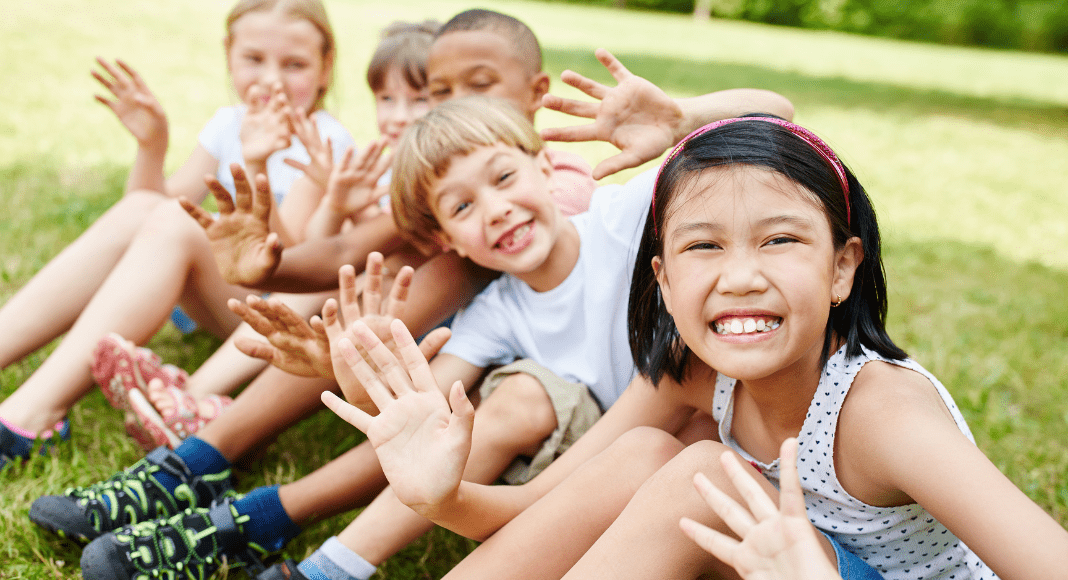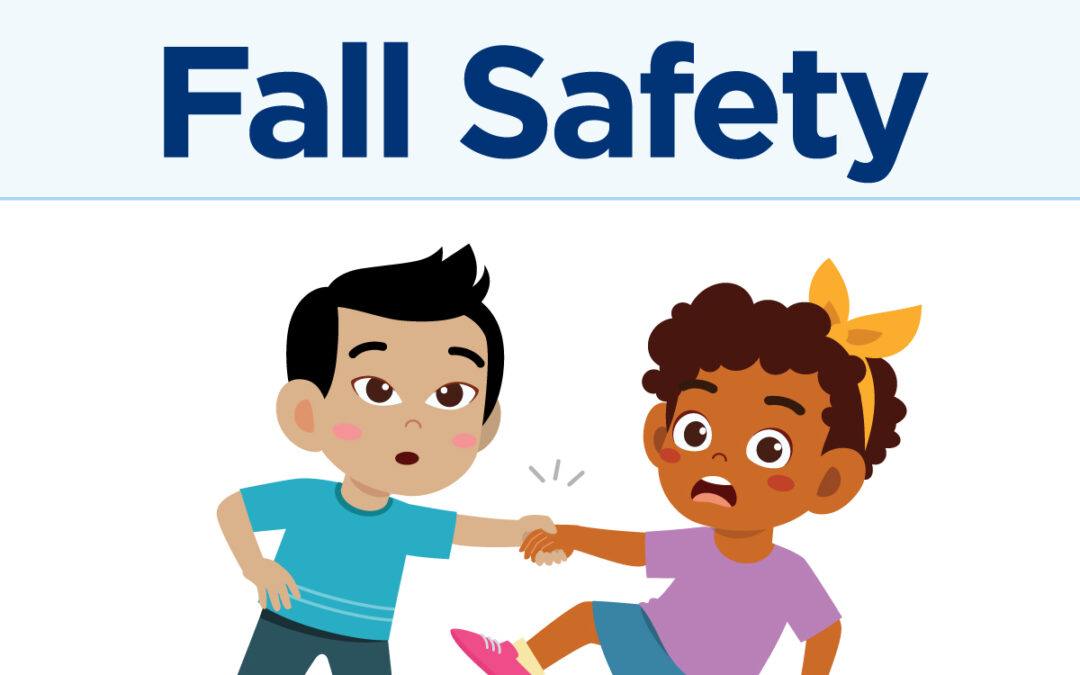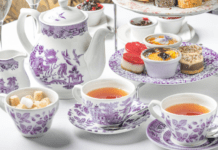According to the CDC, falls are the leading cause of non-fatal injuries for all children ages 0 to 19. This statistic holds true to our data here at Children’s Hospital at Erlanger. Here are 14 tips for children’s safety.
 Every day, approximately 8,000 children are treated in U.S. emergency rooms for fall-related injuries. Not all falls are preventable but here are some tips to lower your child’s chances of sustaining a serious injury from a fall. Falls can lead to concussions, and we want to avoid concussions at all costs, especially for our kids.
Every day, approximately 8,000 children are treated in U.S. emergency rooms for fall-related injuries. Not all falls are preventable but here are some tips to lower your child’s chances of sustaining a serious injury from a fall. Falls can lead to concussions, and we want to avoid concussions at all costs, especially for our kids.
This post is brought to you by our partners at Children’s Hospital at Erlanger.
Why concussions in kids are a big deal.
While people of all ages can experience concussions, they’re particularly troublesome in children. That’s at least partially because having a concussion at a young age can disrupt, at least temporarily, brain development. In addition, having a concussion early in life puts you at an increased risk of having another concussion later, which can lead to post-concussion syndrome.

Post-concussion syndrome is a complex disorder that can lead to both physical and mental health issues for days, months or even years after a concussion. Symptoms of post-concussion syndrome can vary, but may include headaches, dizziness, extreme fatigue, a lack of concentration or memory, and anxiety.
Avoiding Falls At Home
- Keep chairs, cribs and other furniture that children may climb on away
from windows. - Use safety devices on windows such as window guards or locks.
- Use approved and appropriate safety gates at the top and bottom of stairs.
- Use non-slip mats and rugs in the bathroom and throughout your home.
- Properly anchor furniture by using anti-tip devices.
- Remove electric wires or cords on the floor.
- Keep hallways clear and well-lit.
Avoiding Falls On The Go
- Always strap baby into a highchair, swing, changing table, stroller or shopping cart.
- Never leave a baby alone on a changing table, highchair or any furniture.
- Keep an eye out for slick or slippery surface your child may walk on.
Avoiding Falls While Playing
- Use playgrounds with rubber, wood chips, synthetic turf or sandy surfaces. Avoid asphalt and concrete.
- Make sure playground equipment is safe before your child goes to play.
- Use properly fitted safety gear for recreational and sporting activities.
- Use stationary walkers or activity centers. Do NOT use ones with wheels.
Supervision Is KEY!
Injuries can happen in an instant. Make sure your child is as safe as possible before turning your attention elsewhere.
For more fall safety information visit safekids.org





















